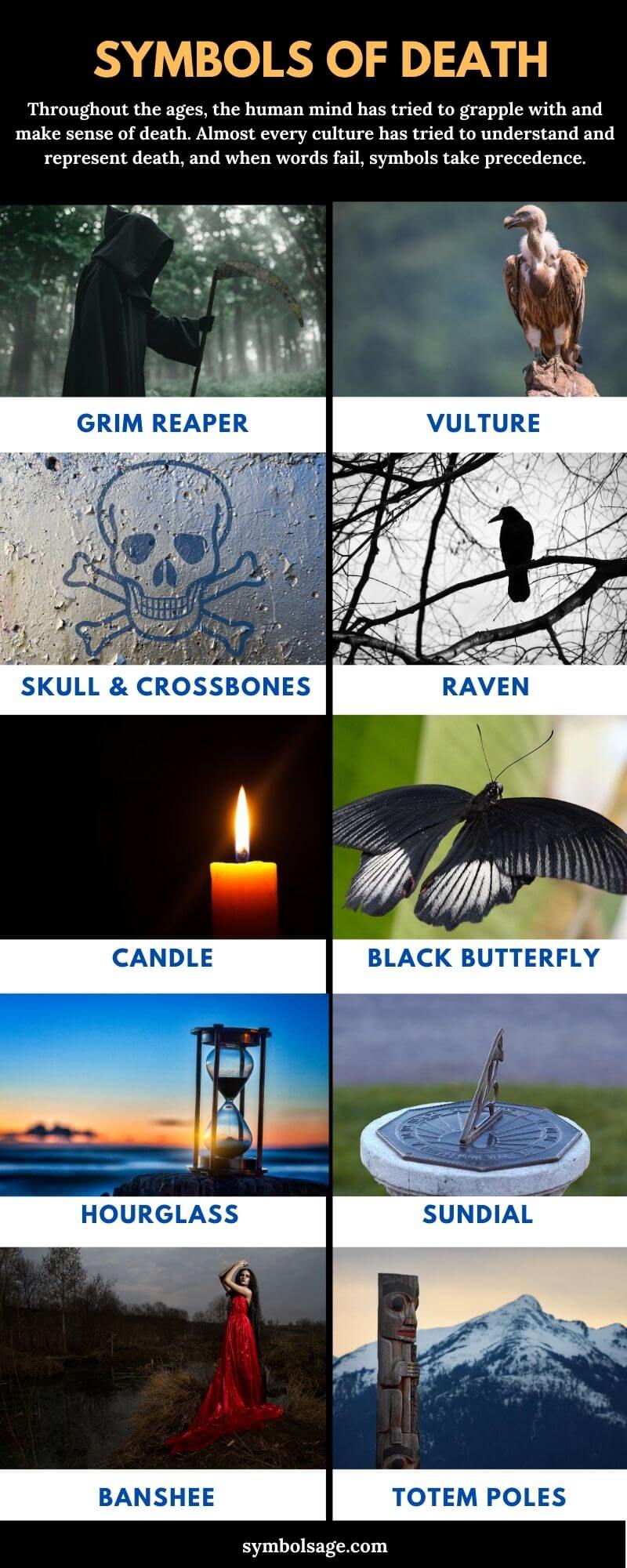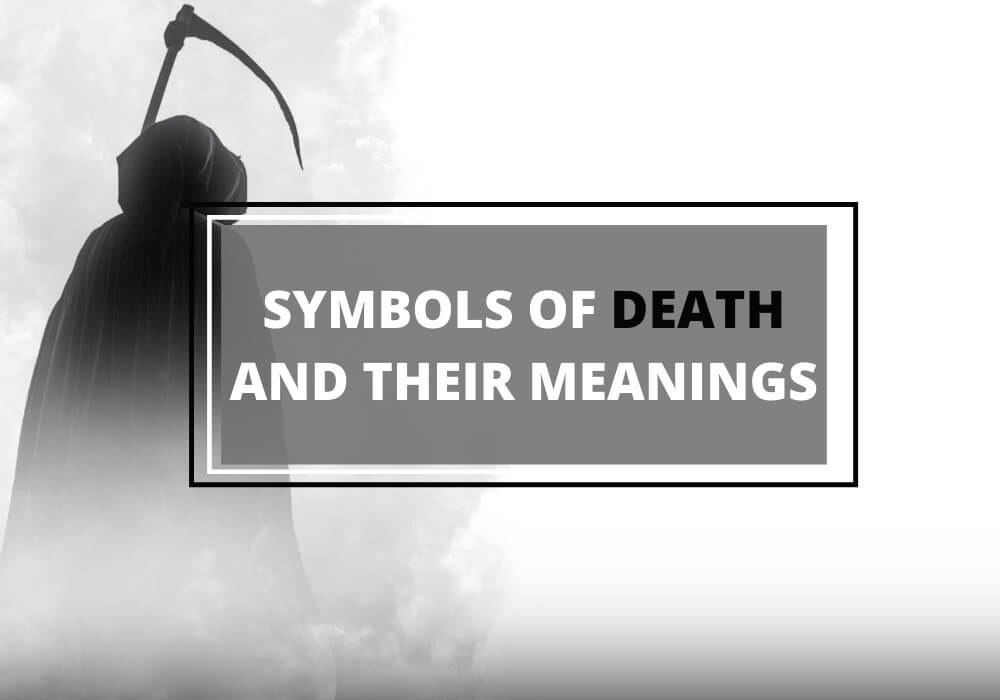
Table of Contents
Throughout the ages, the human mind has tried to grapple with and make sense of death. Almost every culture has tried to understand and represent death, and when words fail, symbols take precedence.
There are hundreds of symbols representing death or acting as harbingers of death. Each of these symbols may differ from one another yet, yet collectively, they provide insights into the very meaning of death.
With that said, let’s take a closer look at 12 symbols of death, gleaned from the different cultures around the world.
1. The Grim Reaper
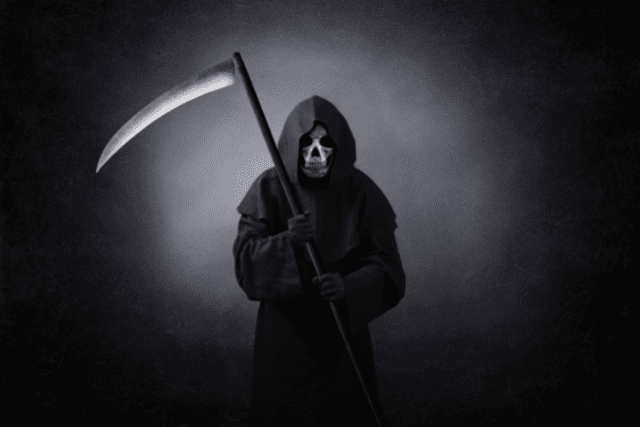
The Grim Reaper is the most horrifying symbol of death, characterized by a skeletal figure, cloaked in a hooded black robe, with a scythe in one hand. This frightful symbol is of European origin, dating back to the Black Death of the 14th century.
The Black Death brought widespread mourning and death across Europe. It wasn’t surprising, therefore, why the Grim Reaper—that typified the Black Death—is such a ghastly and terrifying symbol.
The Grim Reaper’s skeletal figure is indicative of decay and death, while its hooded black robe is symbolic of the religious men who conducted funeral services during those times.
Moreover, its scythe symbolizes the harvesting of the dead and the reaping of their souls.
2. The Cross
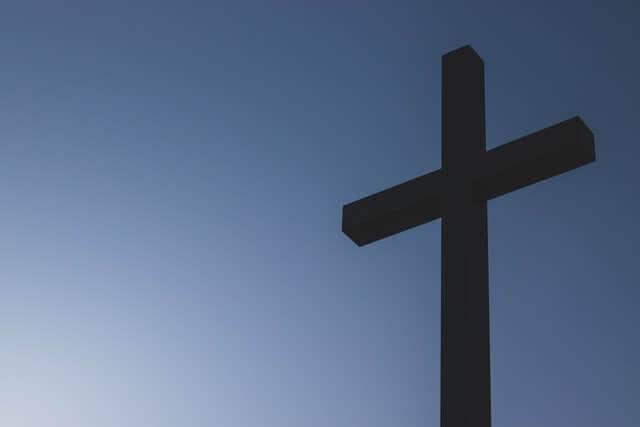
For Christians, the cross may signify eternal life and salvation. Yet, prior to Christianity, the cross had been an infamous symbol of torture, execution, and death.
The Romans, for example, made use of it to crucify their criminals and outlaws. The Romans also employed various ways of punishing criminals including stoning, strangling, and burning criminals.
But it was the crucifixion that readily sent a more menacing message to criminals and outlaws within the Roman Empire. Today, however, the cross is the most recognized symbol in the world.
3. Black Butterfly
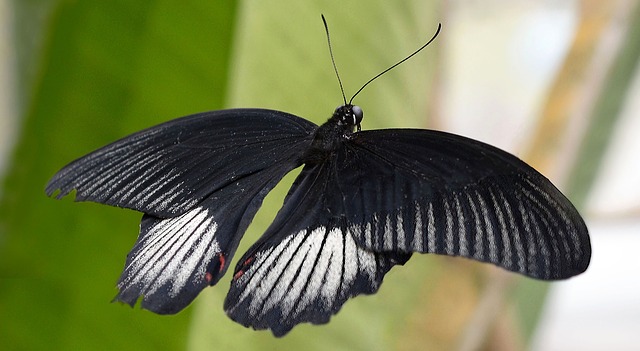
Butterflies usually come in various colors, but seeing black butterflies are rather rare. In many cultures, the appearance of a black butterfly is ominous and bears a cryptic message of misfortune and death.
This belief is so common in countries like China, the Philippines, and some Central and South American countries.
A black butterfly dabbling around or on your skin may be indicative of the death of a dear one. Moreover, a black butterfly or moth inside one’s room or house might be indicative of the death of a beloved.
Additionally, some Celtic and Irish myths included a belief in black butterflies as representations of the souls of the dead who couldn’t move on to the next life. Other cultures, however, associate black butterflies with witchcraft.
4. The Vulture
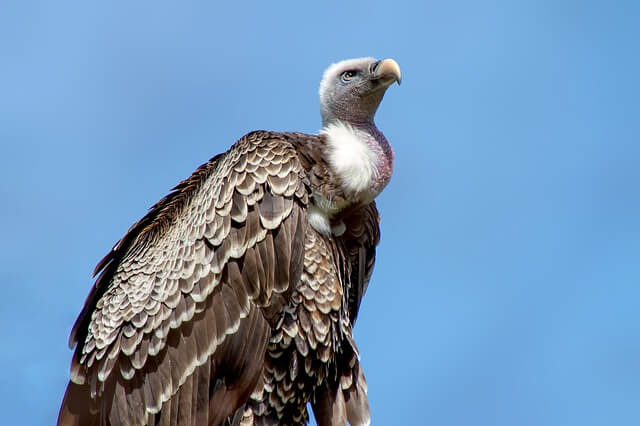
The vulture is truly symbolic of death because where there is a vulture, there usually is death. The creature is known for feeding off carrion.
The Mayans, for example, viewed the symbol of the vulture as expressive of the transition of the dead to a new life.
There is so much truth in the saying that where there is a kettle of vultures, death may not be far behind. And thus, vultures and death have come to be intricately associated with each other in many cultures.
5. The Raven
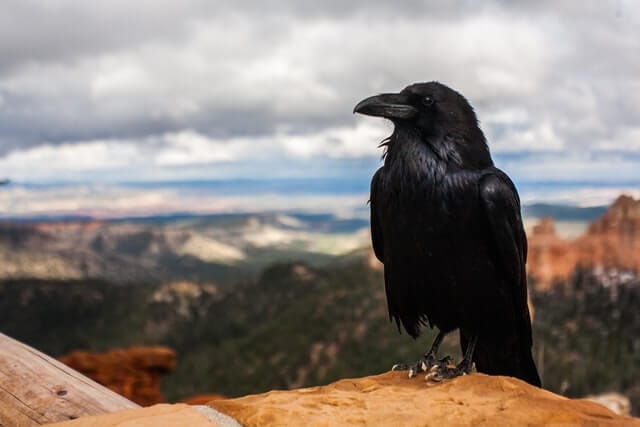
The raven is typically associated with ill omen, loss, and even death. The raven’s black feathers and croak have made it stand out as a harbinger of death. It didn’t help the raven when literature often portrayed it as a symbol of evil and death – think The Raven by Edgar Allen Poe.
In Swedish folklore, the raven is intricately linked to the ghosts or wraiths of murdered people who were not accorded any proper Christian burial.
In German folklore, on the other hand, the raven is symbolic of damned souls, and in Greek mythology, the raven is the messenger of Apollo and is associated with bad luck.
6. The Death’s Head (Skull and the Crossbones)

The skull and crossbones is a popular symbol that represents death. The symbol, consisting of a human skull and two crossed femurs, has long been associated with death, poison and pirates.
Historically, the Death’s Head, just like the Grim Reaper, came to be intricately associated with death in the Middle Ages and was often etched on most tombstones as a memento mori.
From the 14th to 15th centuries, the symbol was used to denote poisonous substances which strengthened its association with death. As a result, pirates began to use the symbol to strike fear in the hearts of their enemies.
Even today, the Death’s Head has come to represent hazard or danger; hence, this symbol is often seen on the packaging of poisonous substances.
7. The Crow
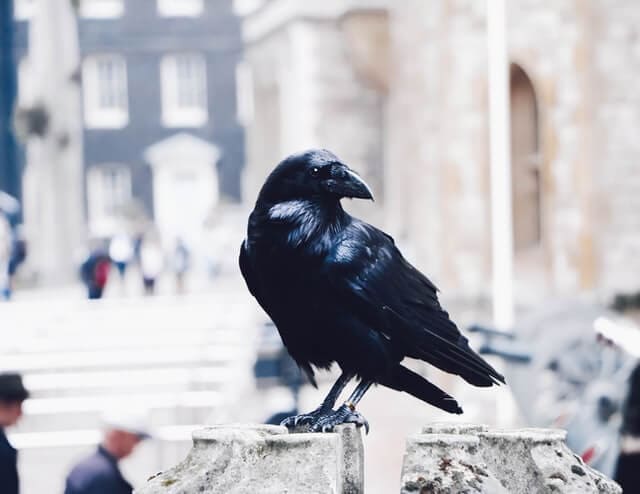
The crow, just like the raven and the vulture, is a carrion bird. Carrion, of course, means decaying dead animals’ flesh. As a carrion bird, the crow naturally thrives and feasts on the flesh of the dead; thus, it came to be closely associated with death in many cultures.
Moreover, the crow has long been treated as an eerie creature with supernatural powers. One such power is its capability of communicating with humans.
The crow is also symbolic of lost souls and indicative of the death of someone. Hence, in some cultures, the appearance of a crow is suggestive of tragic news. It also signifies the death of a highly respected person or hero in a community.
8. The Banshee
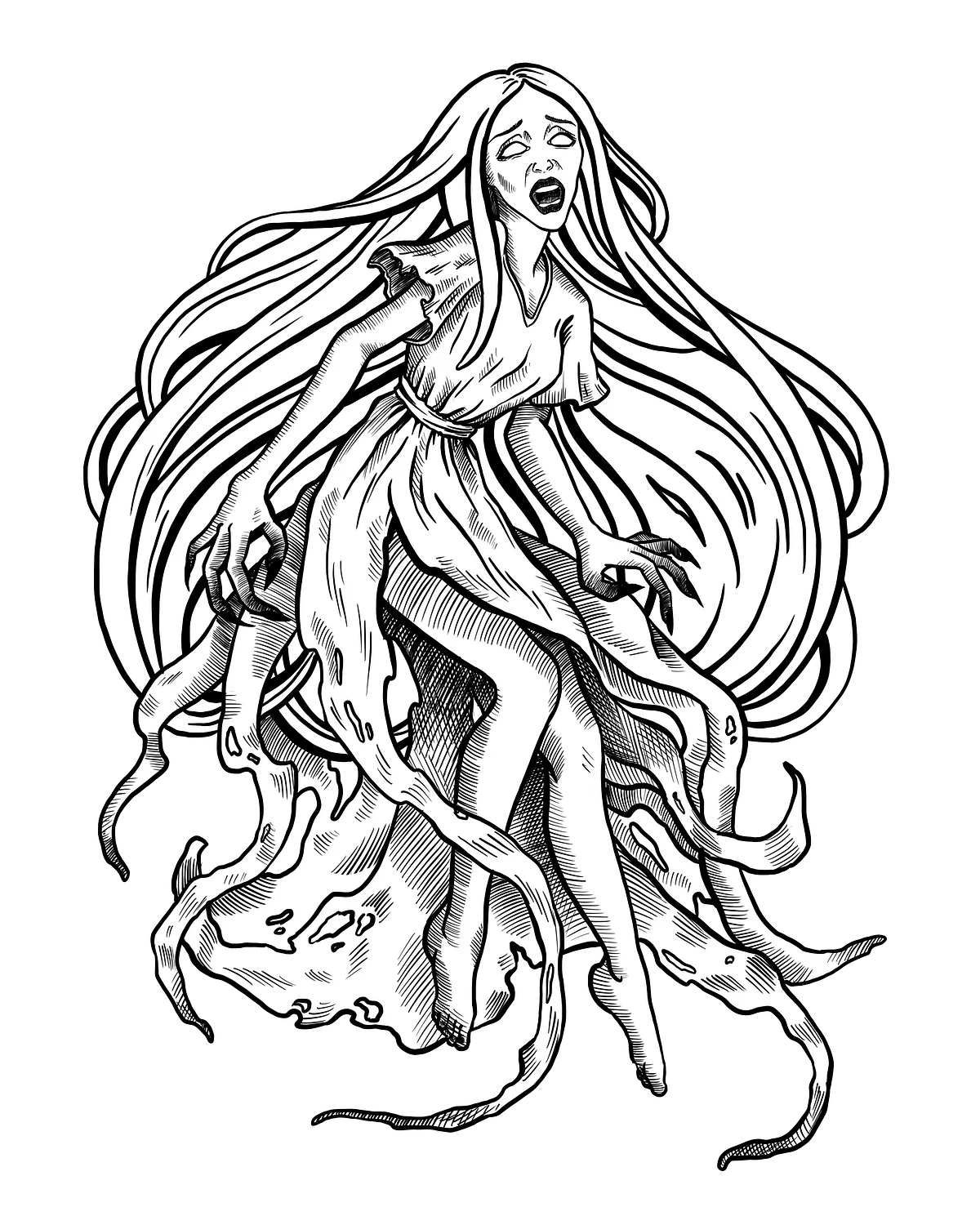
The banshee is a female spirit in Irish folklore, depicted as a harbinger of death. According to the myth, if a person sees a banshee or hears its wailing, they should take it as a warning of death in their family.
The banshee is characterized by her streaming red hair and is portrayed as wearing a gray cloak on top of a green dress. She is often depicted with ruby-like eyes due to her constant weeping and has a ghastly appearance.
9. The Angel of Death

The Angel of Death is the religious counterpart of the Grim Reaper of Medieval times and can be seen in many religious traditions. In Judaism, for example, the role of the Grim Reaper was played by the Angel of Death and is referred to as Azrael or the Angel of Destruction. In Islam, the Angel of Death is referred to as Malak Almawt.
In Judeo-Christian traditions, the Angel of Death is tasked to bring havoc to humanity. In 2 Kings 19:35, for example, the Angel of Death brought about the killings of 185,000 Assyrians.
There have also been other instances in the Bible wherein God allowed an angel to wreak havoc among men. Thus, the Angel of Death has come to symbolize death and destruction.
10. Hourglasses and Sundials (Clocks)

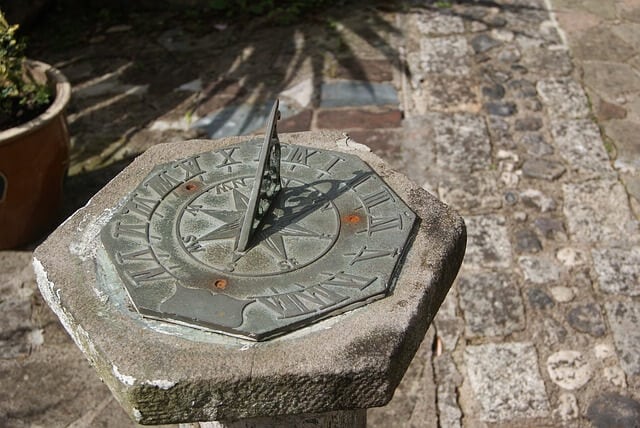
Hourglasses and sundials have long been associated with the concept of death because they indicate the passing of time and remind us of the finiteness of life.
Hence, in some cultures, the clock is arbitrarily stopped when someone dies in the family.
This tradition is suggestive of the fact that time seems to stand still when someone dear to us dies, and thus, clocks and other time-measuring devices have come to be associated with death.
11. Candles
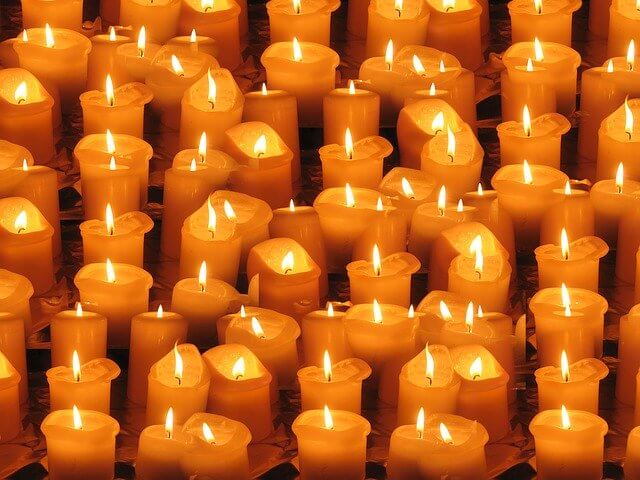
Candles may be symbolic of many things; but most specifically, they are symbolic of death. The act of lighting a candle, for example, has long been practiced throughout the world for honoring the dead.
It is a convenient way to feel connected with loved ones and to feel at peace. Hence, there are always lighted candles during memorials, funerals, and other rituals related to death.
Moreover, during festivities where the dead are remembered, people of various cultures set a lighted candle on the tombs of their dead loved ones.
This is indicative of the close association of lighted candles with the concept of death, remembrance, and hope.
12. Mortuary Pole

Totem poles can be found in many cultures around the world, usually consisting of a vertical piece of wood, bedecked with carvings to depict symbolic figures from family, histories, and beliefs.
In some Native American tribes, a mortuary pole is specifically built to commemorate someone already dead.
Examples of these tribes are the Haida and Tlingit tribes, for whom the mortuary pole represents an important member of the tribe who has recently died.
13. The Color Black

The color black represents elegance, fashion, and sophistication but it’s also the color we most associate with death. The association of black with death goes back to ancient Greek and Roman times.
In Greek mythology, the color was associated with Hades, the god of the underworld who sat on a black throne, and in Roman poetry, the words hora nigra (black hour) referred to death.
Black symbolized both figurative and literal darkness. Even today, in many parts of the world, black is worn at funerals or by people who’ve lost a loved one, and the very word is used in the English lexicon to represent sadness, loss, mourning, grief, and death.
Conclusion
Great minds of the past have philosophized about death, and religious leaders have tried to make sense of it. While death is an ever-mysterious, somewhat frightening concept for most people, it’s also a necessary part of life.
It’s prevalence in symbolism around us. Being cognizant of these symbols might help in developing insights into the very nature of death and in making peace with it.
Similar Articles:
Flowers That Symbolize Death in Different Cultures
Spirits, Gods, and Personification of Death
Angels of Death – From the Abrahamic Religions
Mictlāntēcutli – The Aztec God of Death
Anubis – Egyptian God of Death and the Underworld
Osiris – Egyptian God of Life, Death and Resurrection
